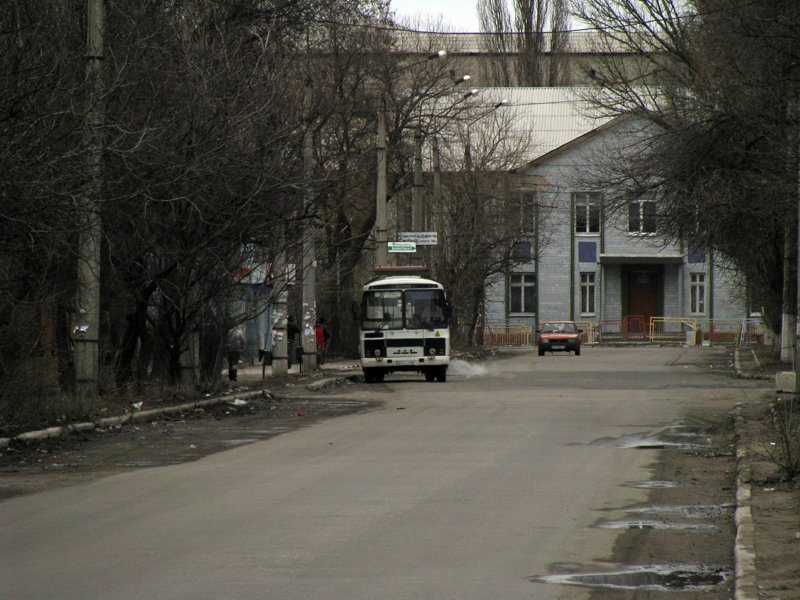The train station was being renovated — one of the echoes of co-hosting the Euro-2012. The old train station has been built before 1941, and had seen some improvements in 1951, which was too old for the army of drunk soccer fans to see.
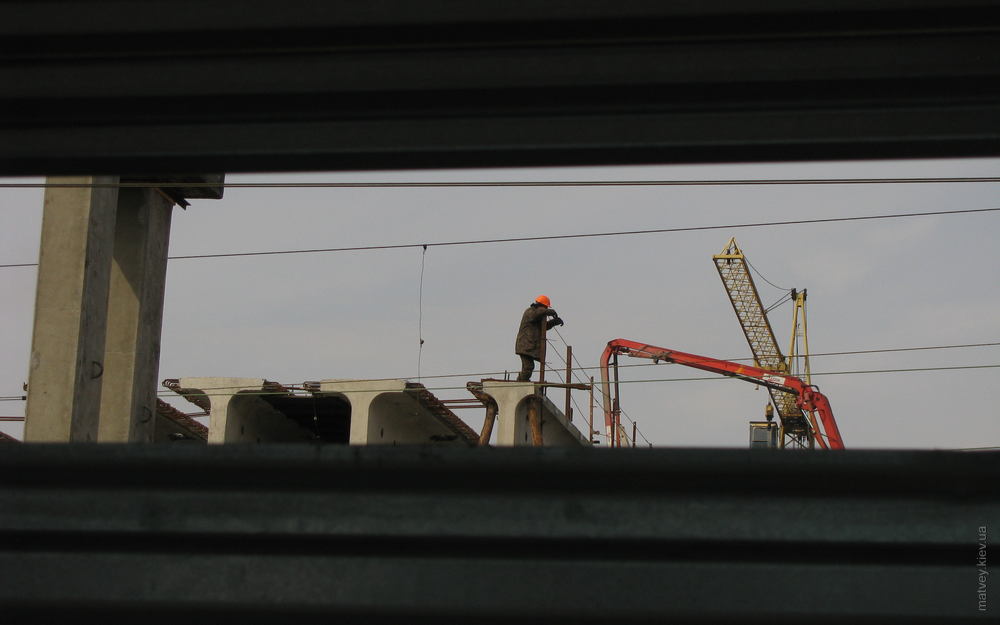

The train station was being renovated — one of the echoes of co-hosting the Euro-2012. The old train station has been built before 1941, and had seen some improvements in 1951, which was too old for the army of drunk soccer fans to see.


We had our reasons to look for some special house on the central avenue, on its section between the library and the metallurgy plant. We couldn't find it, and no locals knew such a building. Well, okay, I took a photo of a random house that was on the opposite side of the street, and we went.
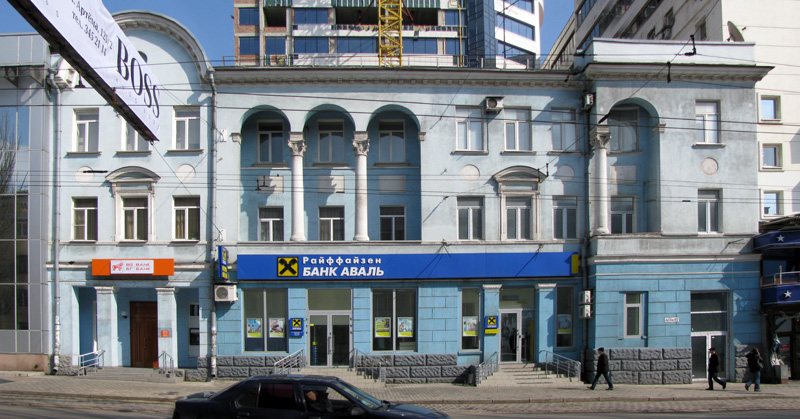
We tried to get to a slagheap near the Shcherbakov park. It turned out to be harder than we thought, and we had to abort due to not having any more time. We turned back from this stinky path behind garages.
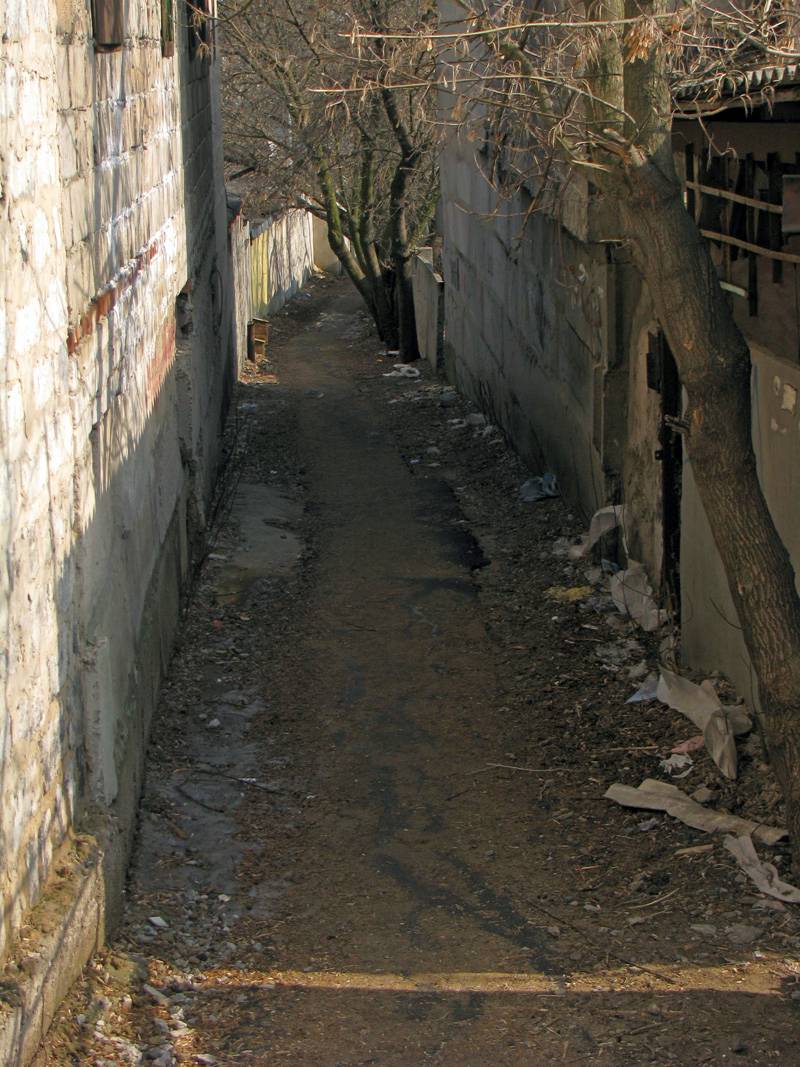
Our next item on the schedule required traversing the tram route number 5 from start to finish. Trams did not work, however — because it was a weekend. We boarded the marshrutka of a similar route, and then walked a bit from the Svobody square to the Ivan Franko house of culture. It was a building erected in 1927, which dominated the old, dull and rectangular living blocks of the surronding microdistrict. We were lucky to get inside and even on the balcony behind the pillars.
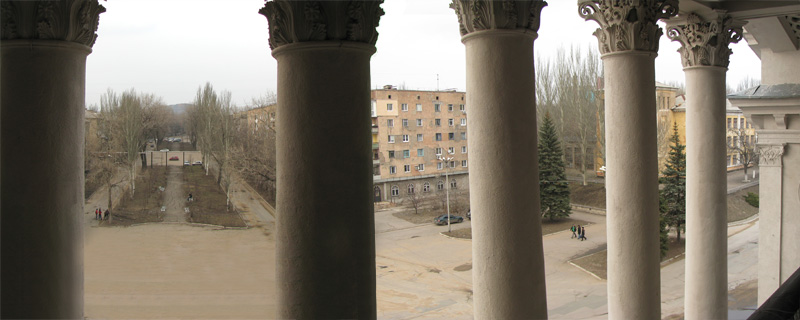
A straight angle view of the depressing Kirov boulevard was on offer at the balcony. The vanishing point of it all was decorated by one of the slagheaps of this mining region.
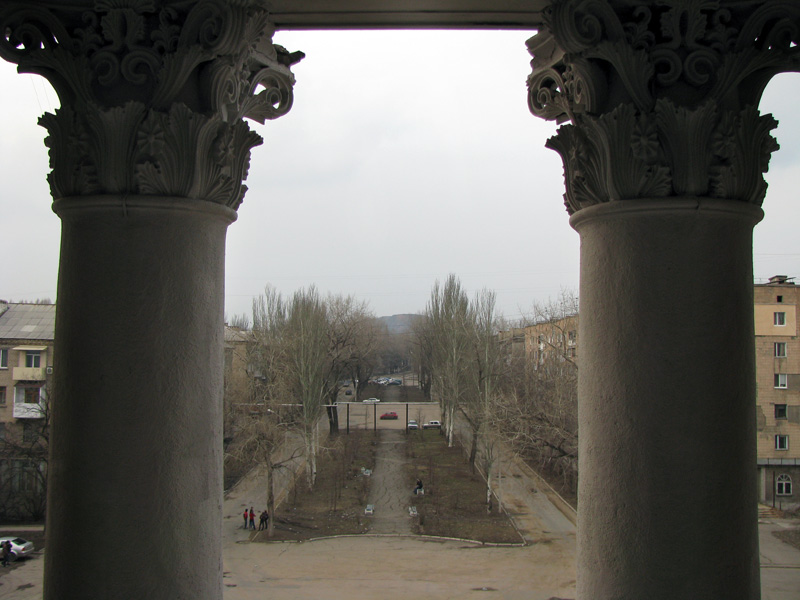


One of the stages of this house of culture looked pretty nice.
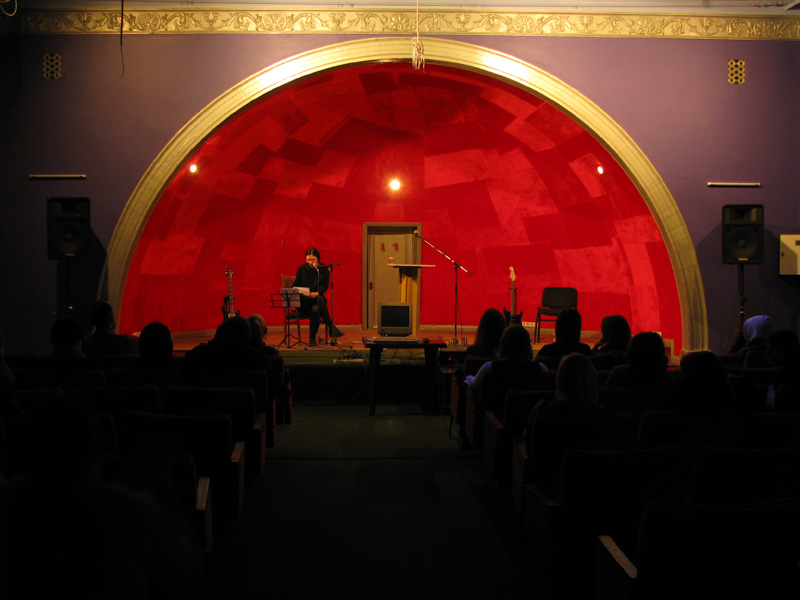
The building also had round windows like this one.

I've been here before at night. Took some photos of it in daylight. The german-built houses look like those on the Avariyne settlement in Kyiv's Darnytsia. The name «Hansivka» was reminding the nema Hans for a reason. Already confirmed to me once, the hypothesis about germans was confirmed by a local again this time. A man told me that german prisoners of war built this settlement and worked in a nearby mine, closed nowadays. Hansivka was pronounced «GUNS-eev-kuh», in case you needed it.
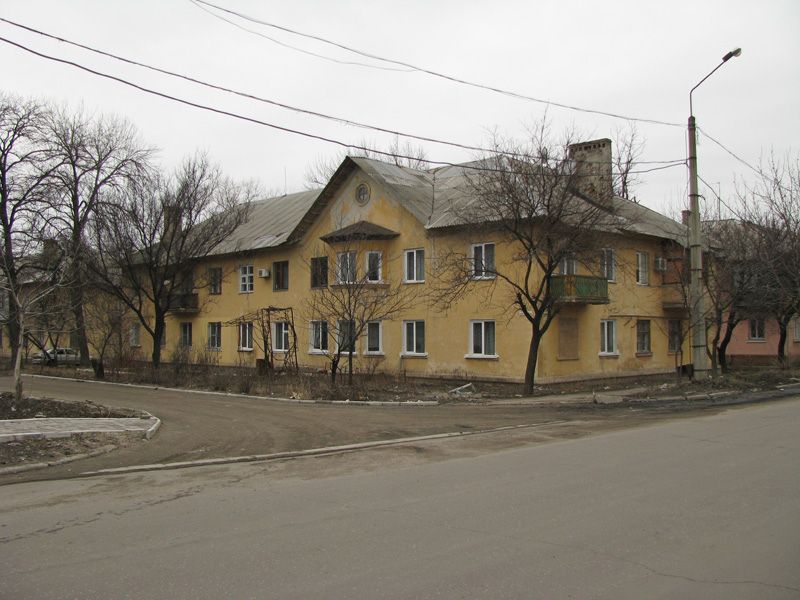
The similar buildings were laid tidily on a rectangular grid. No entry doors were looking to the streets. Entrances were all on the back side. Here are the Klubna street and a sidewalk of Derzhavina street:
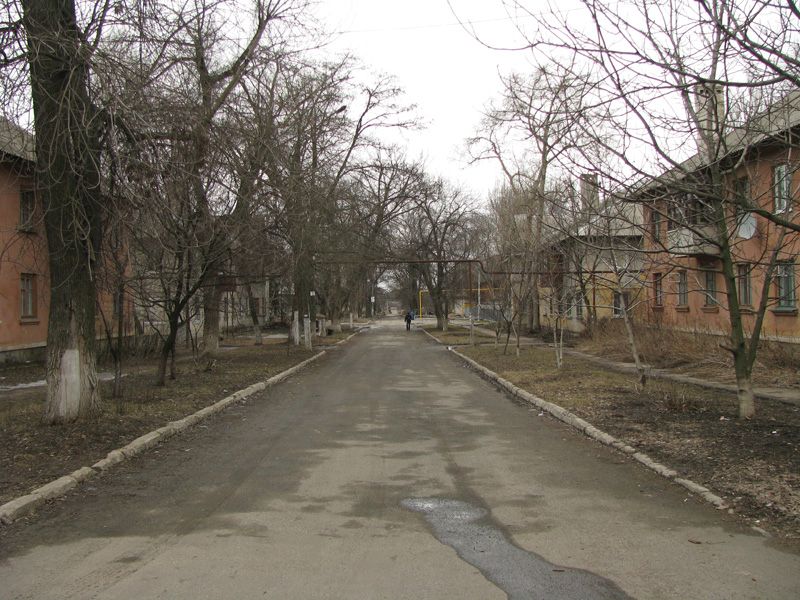
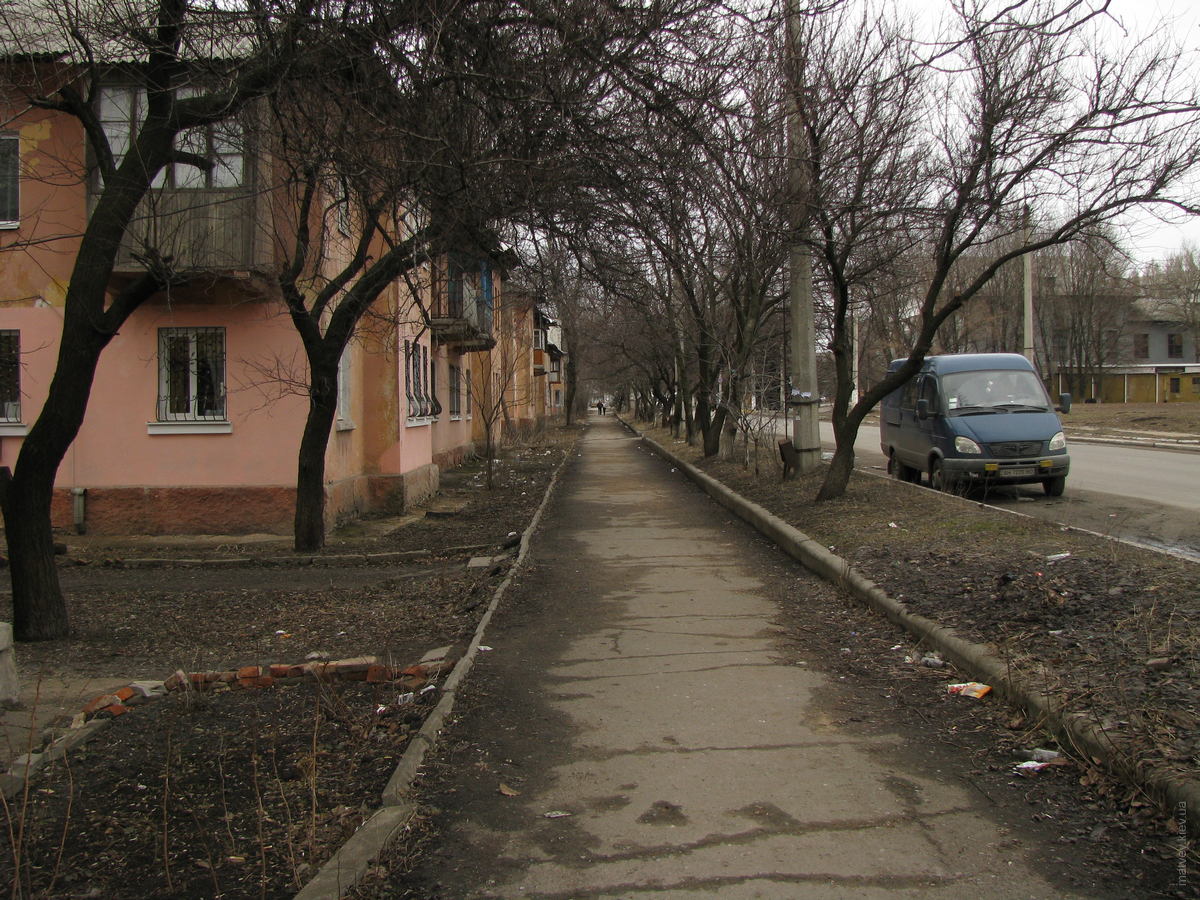
Life was taking place on the back sides, and it did so for dozens of years — producing the scratched textures, layered paint, cracks, cuts, fungi, moss and plants.
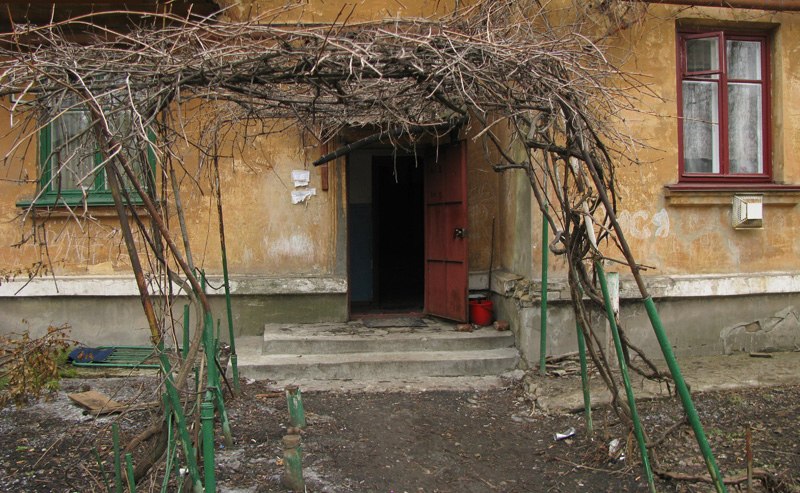
Everything was very seasoned.
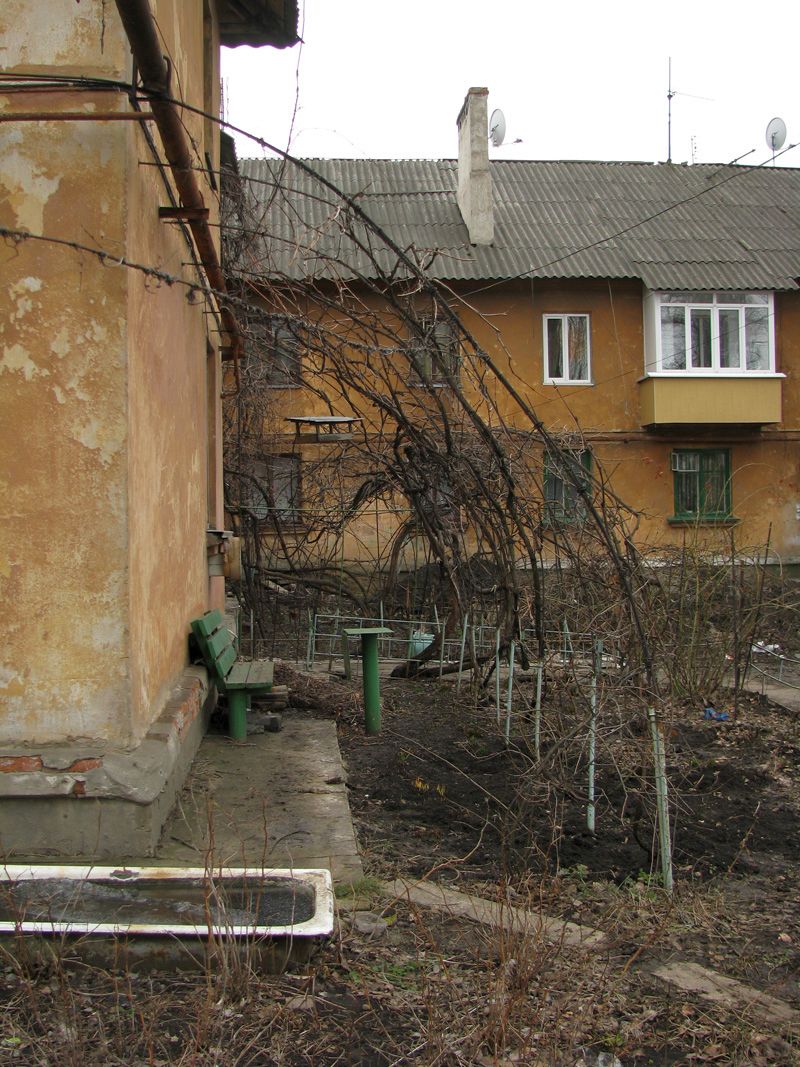
Pipes were under maintenance.
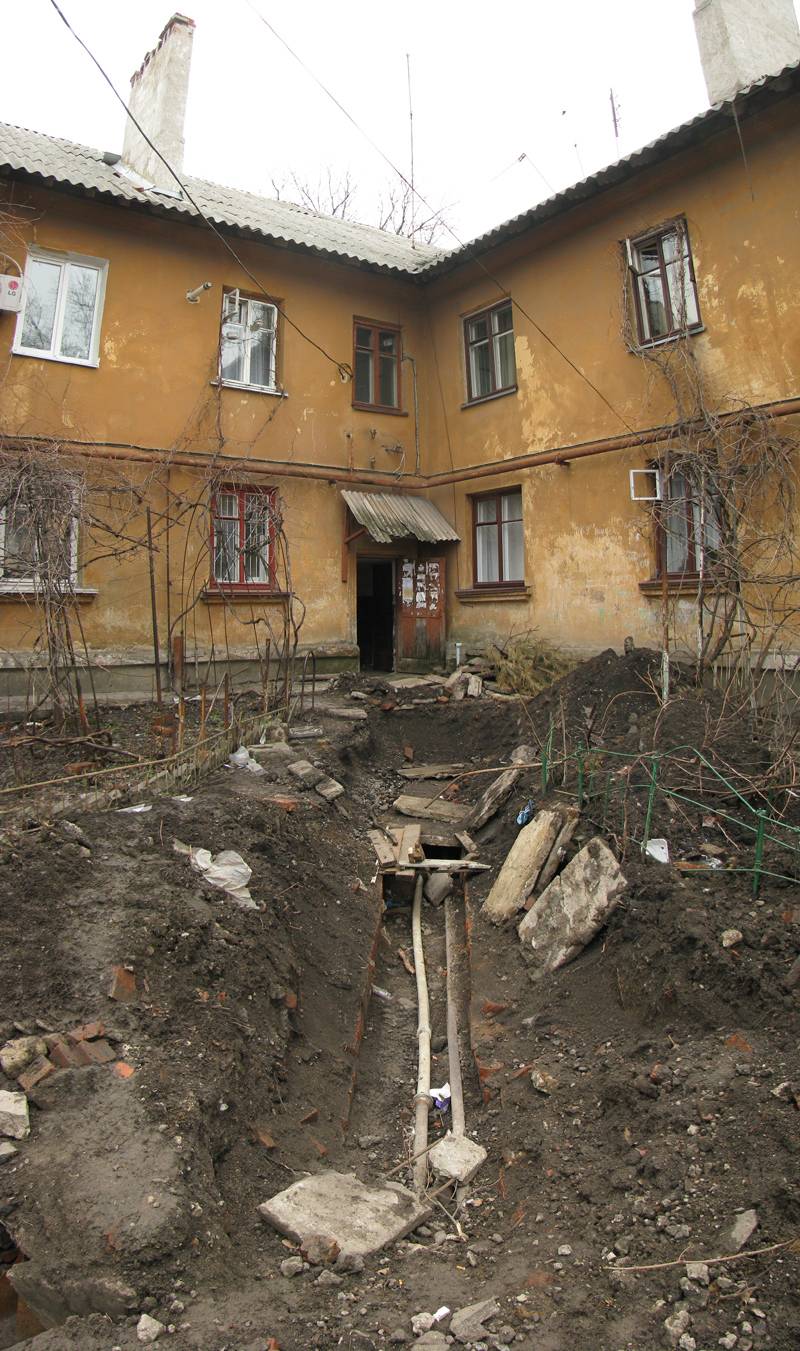
Wooden stairs inside a house.
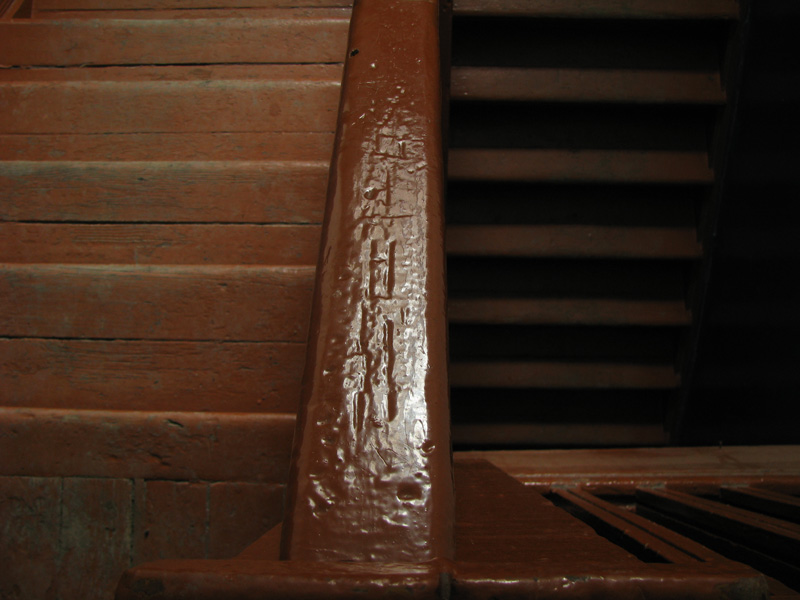
A dog in someone's window.
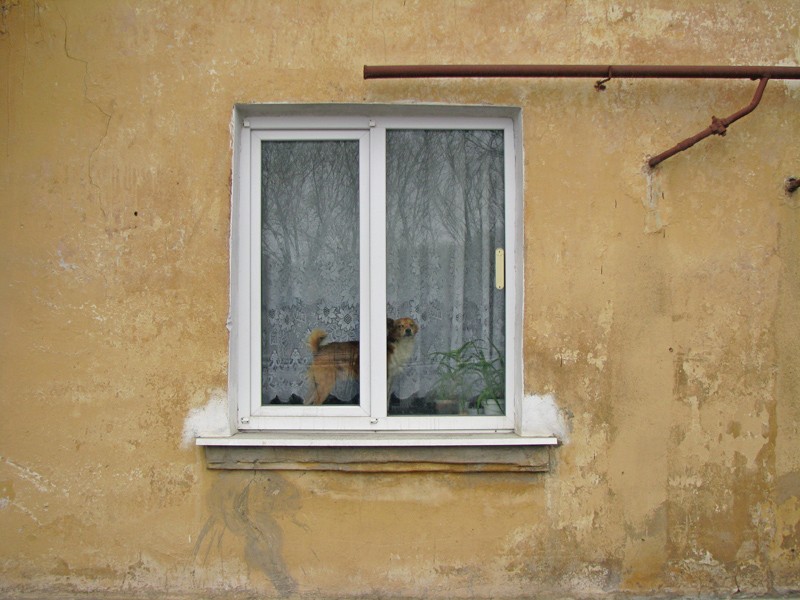
Derzhavina street was one of the edges of the Hansivka micro-district.
